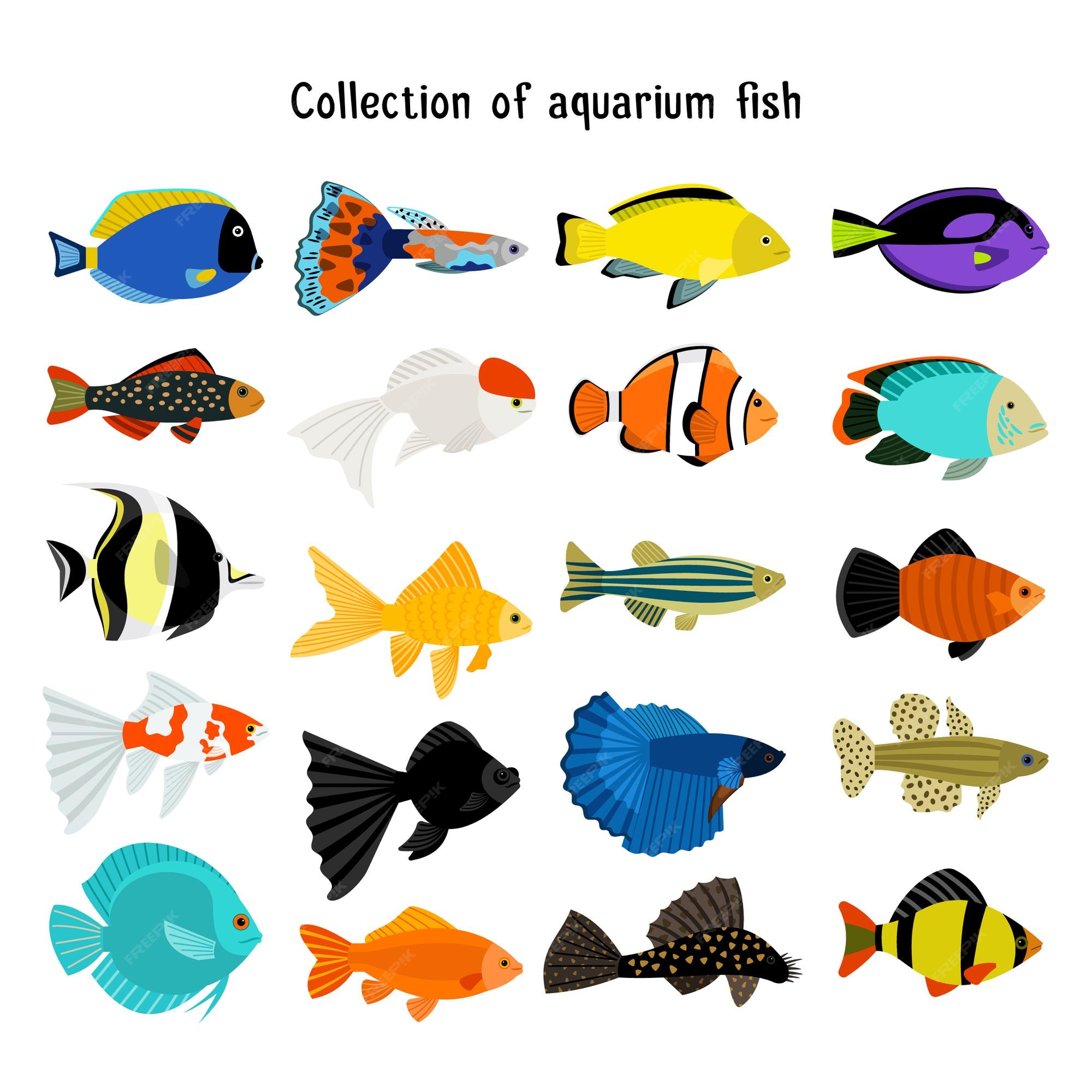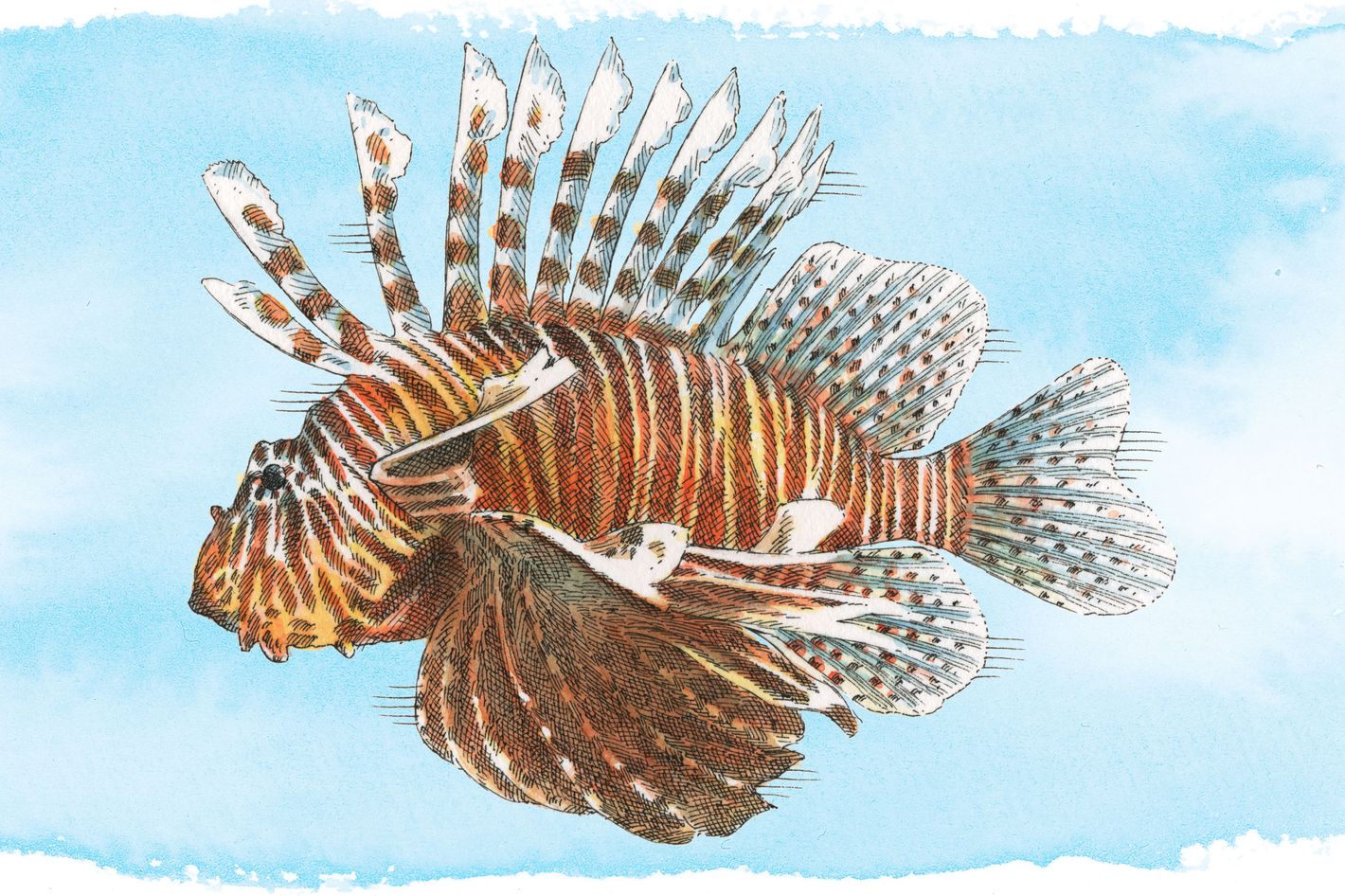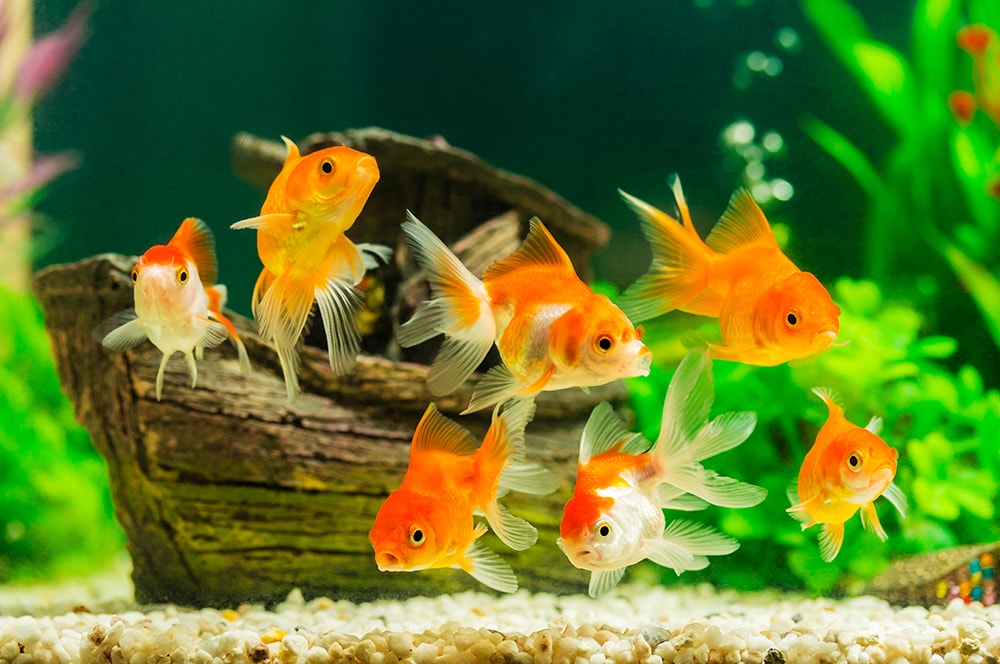Ecology, Evolution, and Behavior of Viviparous Fishes
Por um escritor misterioso
Descrição
In vertebrates, viviparity (livebearing) has evolved independently several times. With the exception of birds, viviparity is found in all vertebrate groups. In bony fishes alone, viviparity has arisen independently at least 13 times, and in cartilaginous fishes at least 9 times. The repeated evolution of viviparity in widely divergent animal lineages has brought a staggering array of morphological, physiological, and behavioral adaptations that facilitate the internal development of embryos. Viviparous fishes have been particularly important model systems for understanding these adaptations, including their function, genetic bases, specialized anatomical features, and the ecological factors that served, and may still serve, as selective agents for the evolution of viviparity.Beyond their role as models to study the proximate and ultimate functions of viviparity in itself, some groups of viviparous fishes, such as the Neotropical families Poeciliidae and Goodeidae, have served as study systems to explore other major genetic, physiological, behavioral, ecological, and evolutionary processes. Through the study of viviparous fishes, a wealth of knowledge has emerged on pre- and post-copulatory sexual selection, complex social behavior, learning and cognition of vertebrates, the origin of unisexual species, genetic variation in natural populations, assembly of freshwater communities, and even the genetic factors involved in the formation of tumors, to name only a few.In this Re

Viviparity - an overview

Courtship behavior in the knife livebearer Alfaro cultratus

References - Ecology of Fishes on Coral Reefs

Sexual Conflict and Sexual Selection in the Goodeinae, a Clade of

Meta-analysis of behavioural research in lizards reveals that

Bony Fish Anatomy, Characteristics & Examples - Video & Lesson
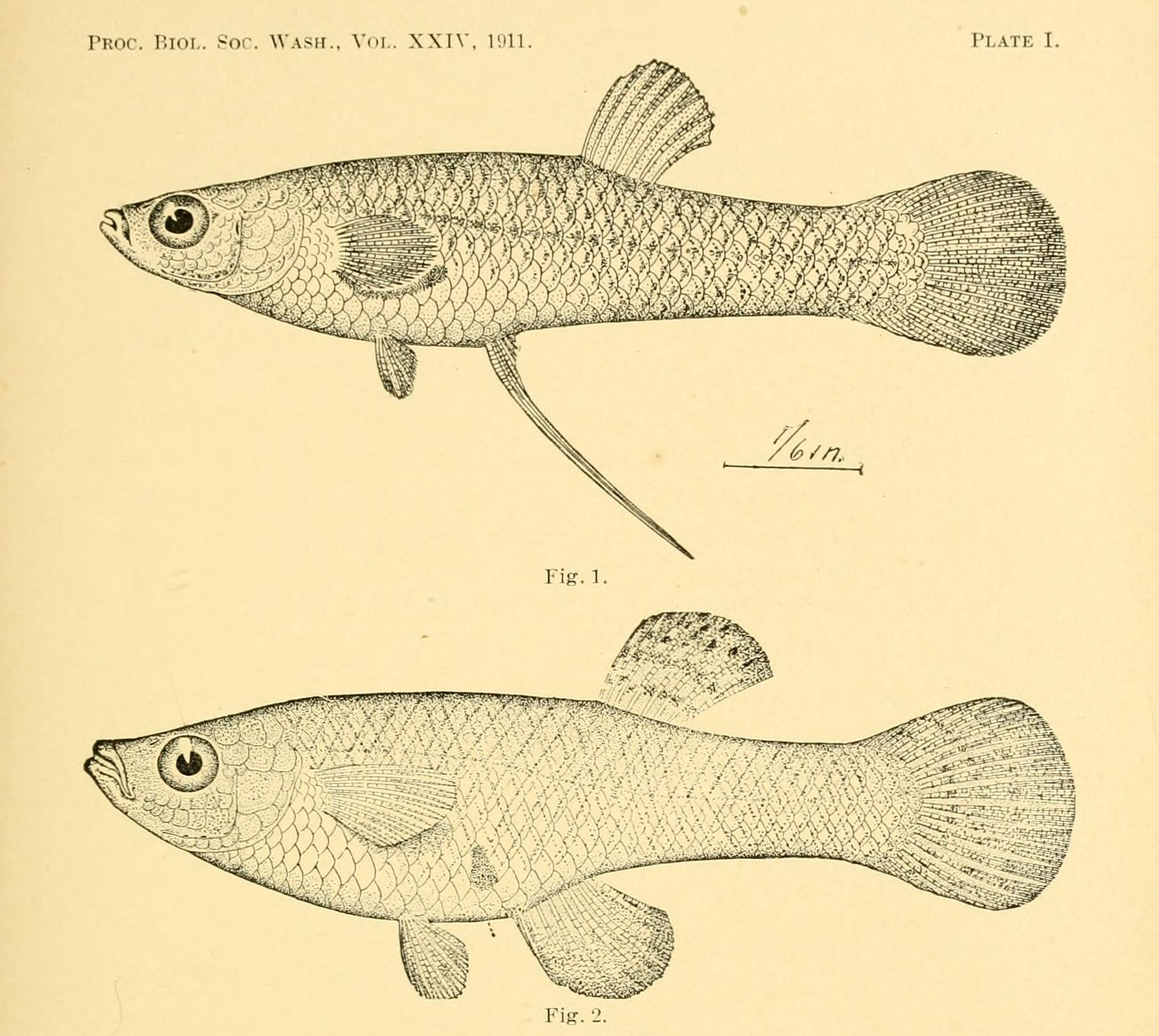
On Fish, Color, and Social Behavior: Connecting Current Research
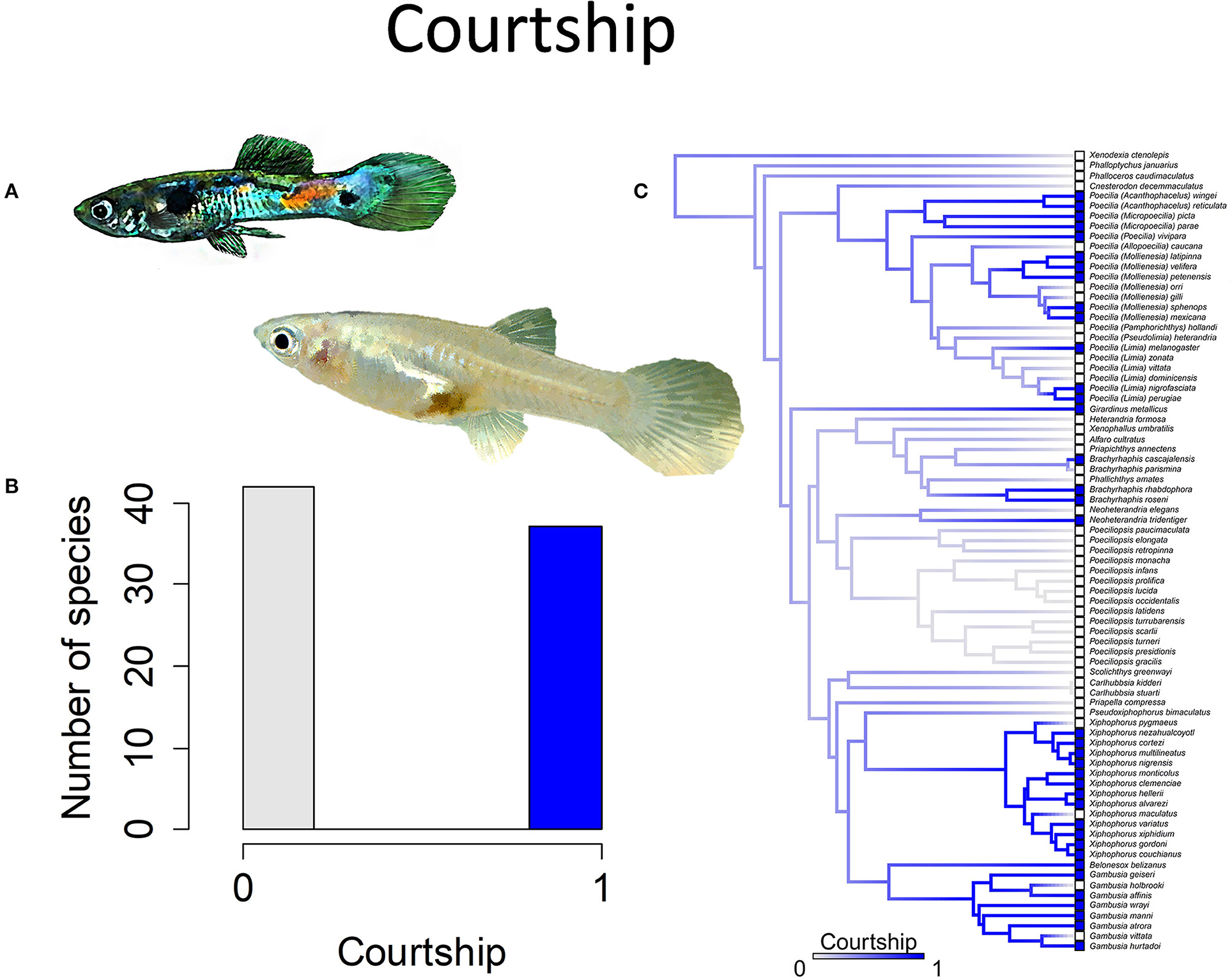
Frontiers Reproductive Mode and Conflict Shape the Evolution of

The Natural History of Model Organisms: The untapped potential of
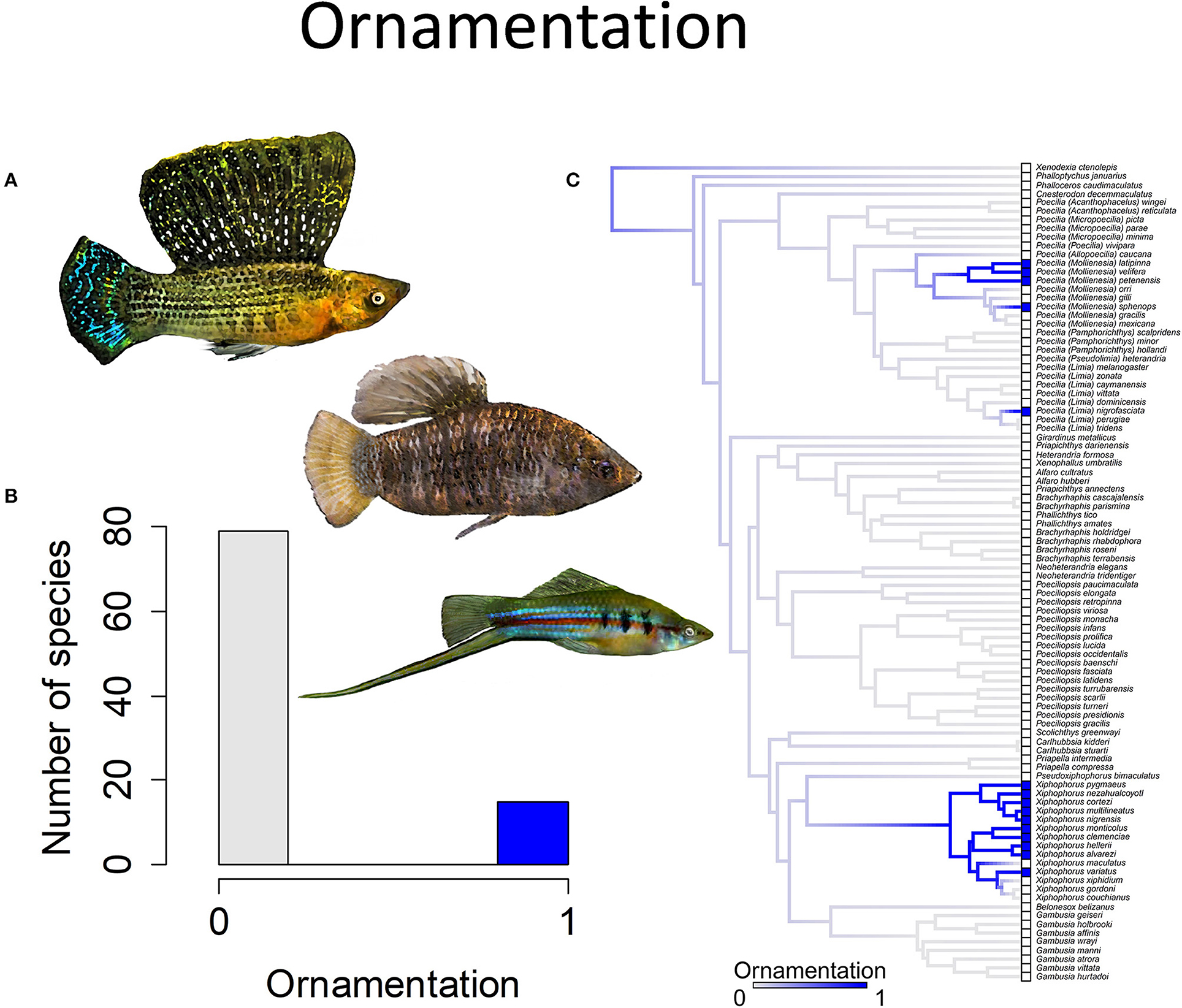
Frontiers Reproductive Mode and Conflict Shape the Evolution of
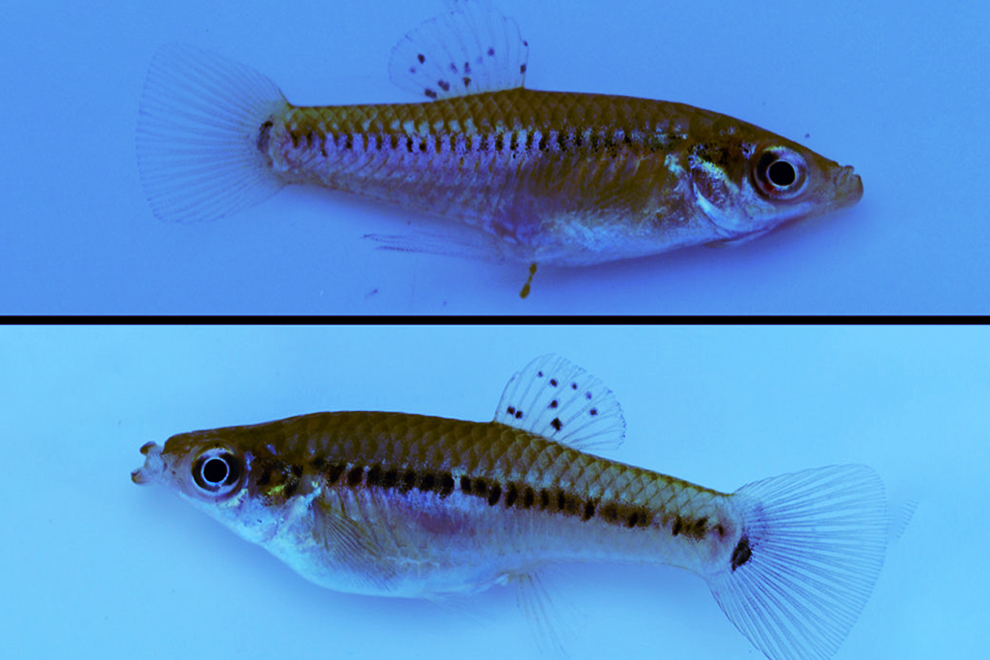
Aspects of the life history of the Tamesí molly, Poecilia

Evolutionary Ecology - The Trinidadian Guppy (Oxford Series in
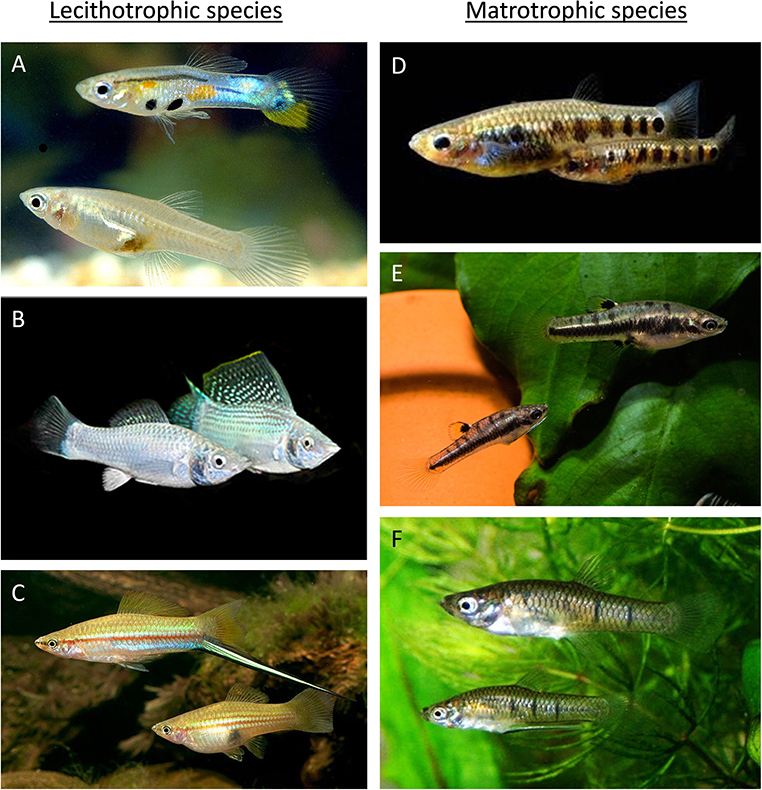
Frontiers Reproductive Mode and Conflict Shape the Evolution of
de
por adulto (o preço varia de acordo com o tamanho do grupo)

